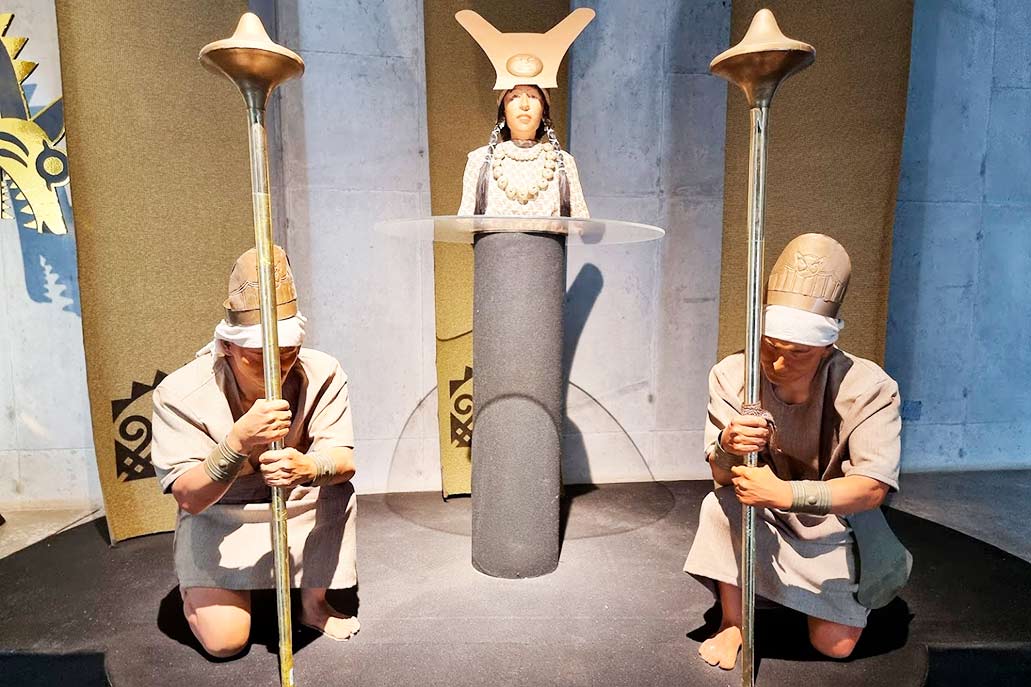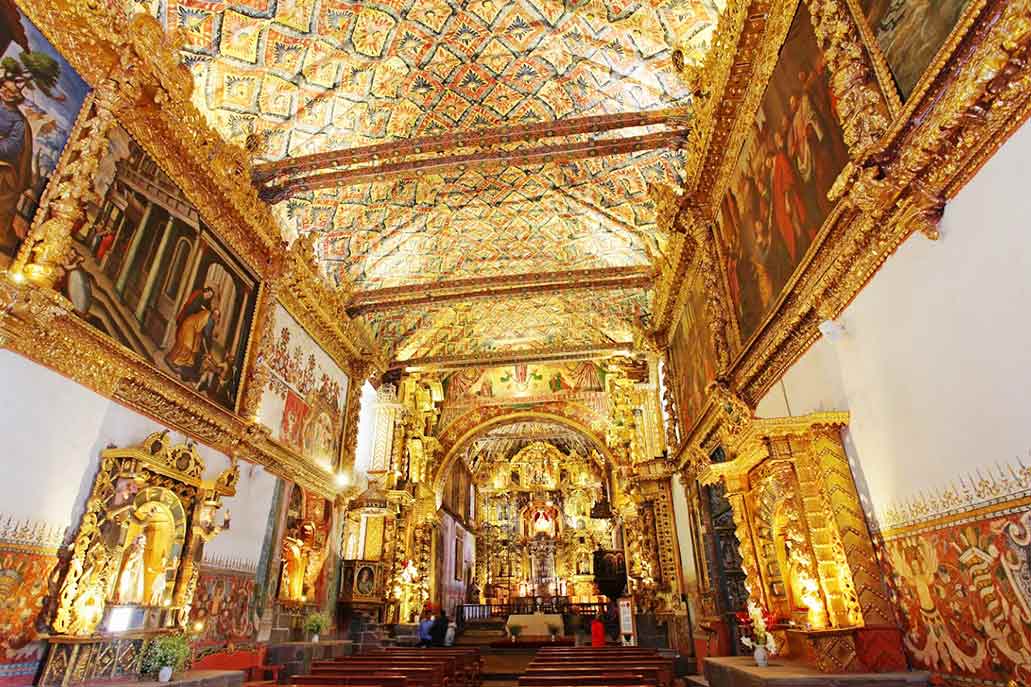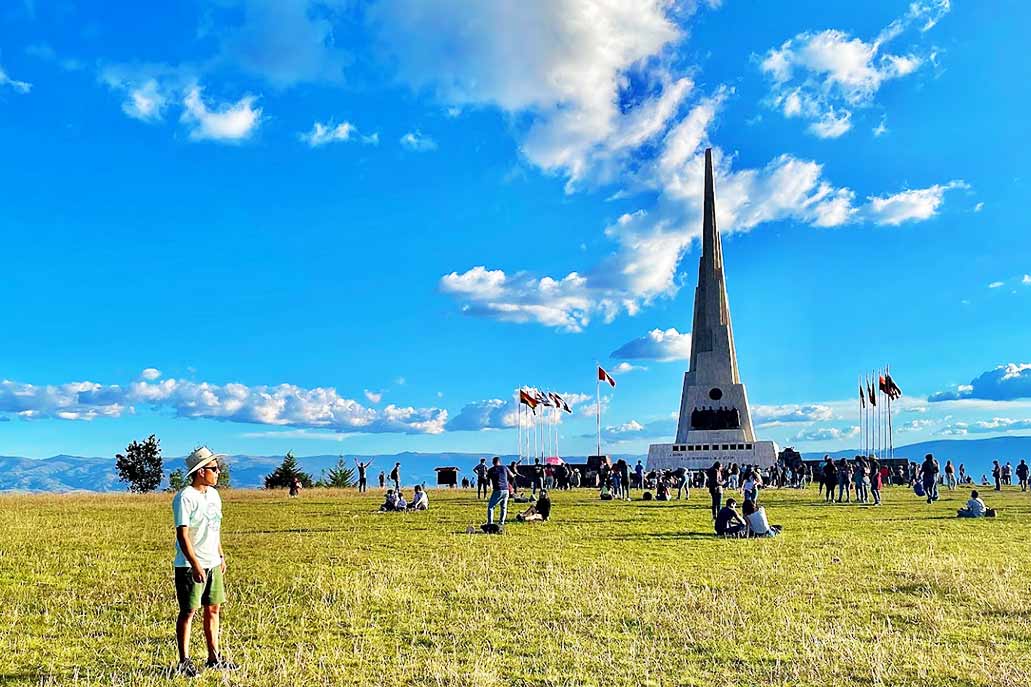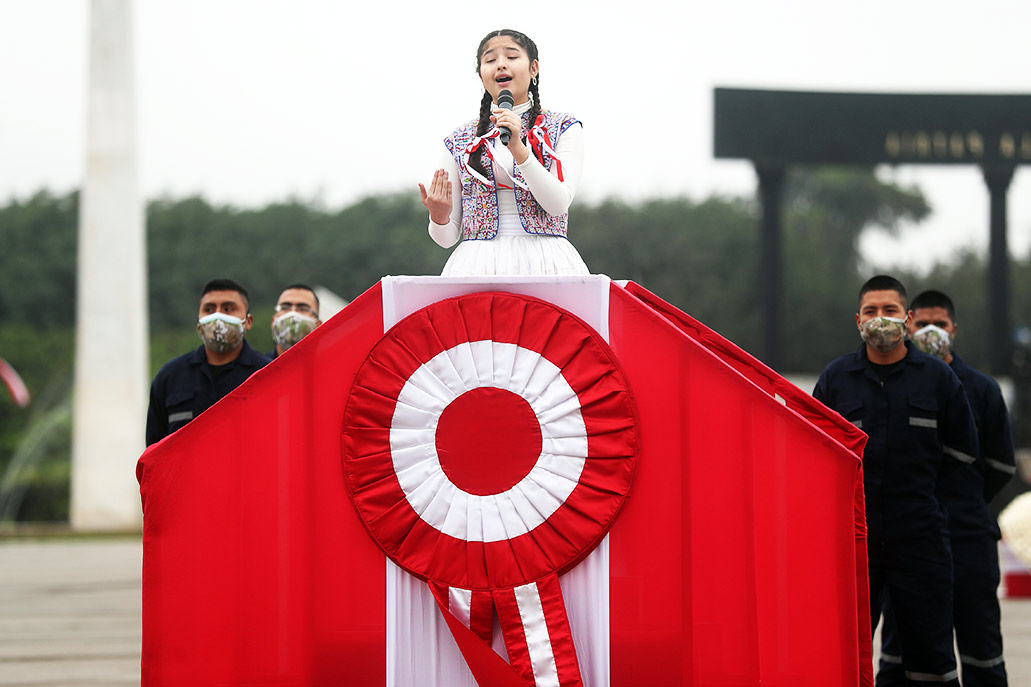Before being called as Peru, all this territory went from a free civilization to a colony after the arrival of the Spanish. The current Peruvian territory housed the Tawantinsuyo more than 500 years ago, after Spanish control territories were distributed for better control of the colony, among these territorial changes Peru emerged. At present and after many territorial changes, it houses vestiges of many civilizations and cultures in all its current regions. Let’s learn more about the history and everything we can find in Peru.
During the month of July, the independence of Peru against Spanish rule is celebrated. The colony time lasted about 300 years. After a liberating feat that came from countries in the north and south of Peru, it was possible to gradually liberate what is now known as Latin America. Throughout the process of Peruvian history and long before it, you can find many destinations to visit. During the month of July, the weather or the rains will not be a problem so you can travel to any destination.
Preinca destinations

The first cultures were formed on the Peruvian coasts, most of these could not achieve an adequate expansion due to climatic conditions that affect the inhabitants of the north to this day. The main culprit for this is the El Niño phenomenon, which causes climate change that destabilizes all regions of Peru. There are records that this phenomenon occurred since the very formation of the continents. However, one of the oldest civilizations that can be visited today is the Sacred City of Caral (3700 BC – 1800 AD), located north of Lima, according to 1997 studies by archaeologist Ruth Shady, they concluded. that these constructions are contemporary with the civilizations of Egypt, Sumer or Mesopotamia and China. Today you can take a tour of the remains of its buildings.
Another culture of which some can be seen in its constructions is Pukará, located near present-day Puno. This culture, probably developed during the years (1400 BC – 400 AD) is an important option if you decided to travel to see the islands of Lake Titicaca. Near this archaeological site you can find a site museum.
We go to the north and find The Chavin culture, (1200 BC – 400 BC) that developed in present-day Ancash and up to now it is possible to find some purely religious constructions, currently it is possible to appreciate the monolithic sand eel that represented the main deity of this culture. This monolith is 5 meters high, to get to see it you have to dive into a labyrinth that is under a temple. This temple used to be decorated with stone clava heads, which can be seen, but very few in their original position.
Other cultures of considerable interest are: the Paracas culture (700 BC – 200 AD) that developed in present-day Ica and Chincha, where we can see the archaeological remains of Tambo Colorado. Very close to this area we can visit constructions such as Cahuachi, the Nazca lines and museums that demonstrate the incredible craftsmanship that the Nazca culture had.
An important discovery was made in the current province of Trujillo, when important religious bundles of rulers of the Moche Culture (150-700 AD) were discovered. What was found is exhibited in the Museum of Royal Tombs of Sipán. Many other cultures existed, but with minor vestiges and traces.
After these incredible cultures we arrive at what is considered the predecessor of the Inca culture. The waris developed from Cajamarca to Cusco, its capital being 15 km from the current Ayacucho. At present you can visit this site that is known as the Wari Archaeological Complex, the Piquillaqta Archaeological Site, in Cusco and Pachacamac and Huaca Pucllana in Lima.
Finally, it remains to talk about one of the cultures that were directly absorbed by the Incas, The Moche Culture (1000 – 1470 AD) was one of the most prosperous kingdoms on the coast and in the north. Currently you can find ceramics, goldsmiths, carvings, textiles and more. All of them with fine finishes and with different finishes. A place that you can not miss, if you are interested in this culture is Chan Chan, along with the different museums that are there.
Inca destinations
The Inca empire came to have greater control and territorial expansion than all the aforementioned cultures. At present there are some findings that link the Waris with remains found in Amazonian terrain near Cusco. As for the Tawantinsuyo, you can find different constructions that are currently being recovered and being evaluated, this in order to clarify the affiliation of the Incas with past cultures. Something important that has a lot of repercussion today is that, during the Inca rule in other territories or kingdoms, it was maintaining their buildings and their gods. They accessed the same buildings used by the defeated, without being religiously imposed, but they built a new, more imposing temple for the Sun god, in some cases.
The main constructions of the Inca empire were made in Cusco, until today it is possible to see the streets of this city with stone walls and buildings. In some important temples for the Inca worldview, new Catholic temples were imposed. However, today you can see citadels that the Spanish hosts did not reach. These two places maintain the organization and urban arrangement designed by the Incas. Choquequirao and Machu Picchu are two citadels or llaqtas that were discovered years after the independence of Peru. Both sites maintain the mystical and pure essence of what the Inca empire could once represent.
There are vestiges of other constructions that demonstrate the imposing architecture developed by the Incas, since they remain standing to this day. From Cusco it is possible to visit places like Raqchi, Tipón, Sacsayhuamán, Tambomachay, Puca Pucara, the Coricancha Temple, Pisac, Ollantaytambo, Huamanmarca, Huchuy Qosqo, among other archaeological sites that keep Inca constructions such as in Cajamarca, Piura, Lima and other regions.
Destinations of the Colony

During the Spanish Colony, a large number of temples were built. In the first generation of these buildings, finishes and decorations of the Andean baroque type were prioritized, where constructions in the Cusco region stand out such as the Temple of Andahuaylillas, the cathedral of Cusco, the Monastery of La Merced, the church of Santo Domingo. In Arequipa you can also appreciate these finishes in the white ashlar that characterizes these constructions, such as the Arequipa Cathedral, the Santa Catalina Monastery, in Lima we have its Cathedral, the San Francisco Convent, and the Torre Tagle Palace. In Piura we can find the Church of San Martín. Among other constructions that were created in the interior of the country as temples and churches for the extirpation of idolatry or evangelization.
It is possible to find many colonial buildings, only some of them are not well known or do not have adequate access to appreciate them, also of some, only facades remain. These constructions can be found in almost all regions of Peru, some of them to a lesser degree, but vestiges of those years will always remain.
Destinations of the Republic
During the republican period, Peru went through a series of economic, social and political problems. A series of civil wars that unfortunately marked a before and after. The constructions that were carried out in Peru and that can currently be seen daily, simply by passing through the streets of some cities Cusco, Lima, Arequipa, Ayacucho, Trujillo and more. It is possible to find the passing of the year in buildings belonging to the colony and then buildings with the use of iron and new technologies that correspond to the entire social and technological revolution that modernism brought. This is the case of Iquitos, which began to industrialize and expand as a city after the Rubber Fever, one of the first urban railways in Peru was built here, electricity service also arrived in 1905, even before the main southern Peruvian cities. Unfortunately, the price for this was the overexploitation of natural resources and the abuse against the natives. Before that, the only expeditions that were made to this Peruvian territory were military and religious.
The catalog of constructions are many, most of these new constructions were given in an attempt to position an architecture on a par with Europe. Some of the most famous constructions can be found in Lima, such as the current House of Literature, the Government Palace, these constructions already have neoclassical decorations, slender figures, and sharper and unpretentious silhouettes, all in terms of to the facades, while the interiors were designed with large spaces and a number of rooms, designed for a large number of people. Some other examples are La Casona San Marcos and Casona Riva Agüero.
Years later, some spaces were created to commemorate great feats that marked the independence of Peru. These spaces keep natural wealth and great historical impact. Visiting them in the Peruvian national month is one of the best options you can make on your visit to this country. One of these historical sanctuaries is that of Chacamarca, which is located in the Junín region. This space is remembered for the last confrontations that took place in search of independence. After the victory of the nationalist army in 1824, it was decided to create an obelisk in honor of the Victors of Junín, inside this monument you can see a museum. Very close to this place, it is possible to find the Inca citadel of Chacamarca, all this space houses a large amount of flora and fauna.

Another historical sanctuary dedicated to the independence struggle of Peru is the Pampas of Ayacucho, Like the previous one, it is a space dedicated to the hero soldiers of the battle of Ayacucho in 1824. In the Quinua district, the place where this battle took place. This monument was raised where some sculptures of the generals stand out: Gamarra, La Mar, Córdova, Lara, Sucre and Miller. In the aforementioned district, you can walk around and see the exact place where the capitulation of Ayacucho was signed, where the withdrawal of the Spanish troops was agreed.
Finally, it would be worth mentioning the Alto de la Alianza Monumental Complex, this battle was fought on the Intiorko hill in 1880 against the Chilean army, very close to the current city of Tacna. It presents a series of sculptures in which both the process of independence and the war are related and how it is that some regions were lost and others were recovered. All this thanks to the heroes the lives of so many patriots.
Important festivities of the month of July in Peru | |
|---|---|
| Tourist and Archaeological and Corn Festival | This festivity takes place in Pasco, with different contests that start on July 6 and end on July 8. During these two days, activities are carried out in reference to corn as harvest and the largest tamale in the world. |
| Anniversary of Puerto Maldonado | In the region of Madre Dios, on July 10 you can see the different activities. Like athletics competitions, some mass weddings and parades. |
| Virgen del Carmen Festivity | From July 15 to 18, Peru is part of one of the biggest religious festivities. It takes place in the Paucartambo province in the Cusco region with different dances, elegant and typical costumes of the area. |
| Anniversary of the arrival of the German colonists | In Cerro de Pasco, from July 24 to 30, different dances, dances, beauty contests and more are held. This is done in Pozuzo and Oxapampa. |
| National Holidays | On July 28 and 29, different ways of celebrating the independence of this country can be seen throughout Peru. In Lima on July 29 you can see the Military Parade. |
